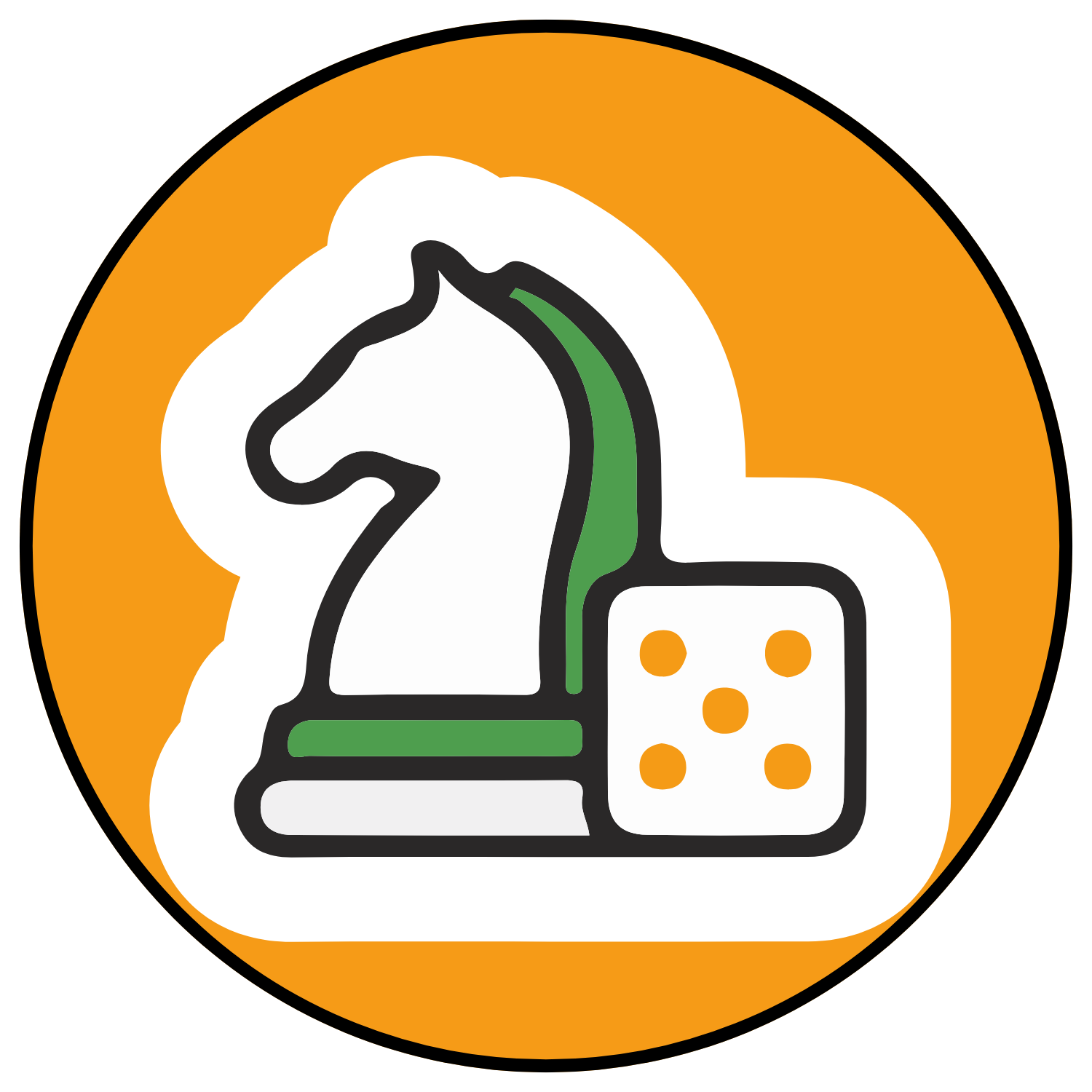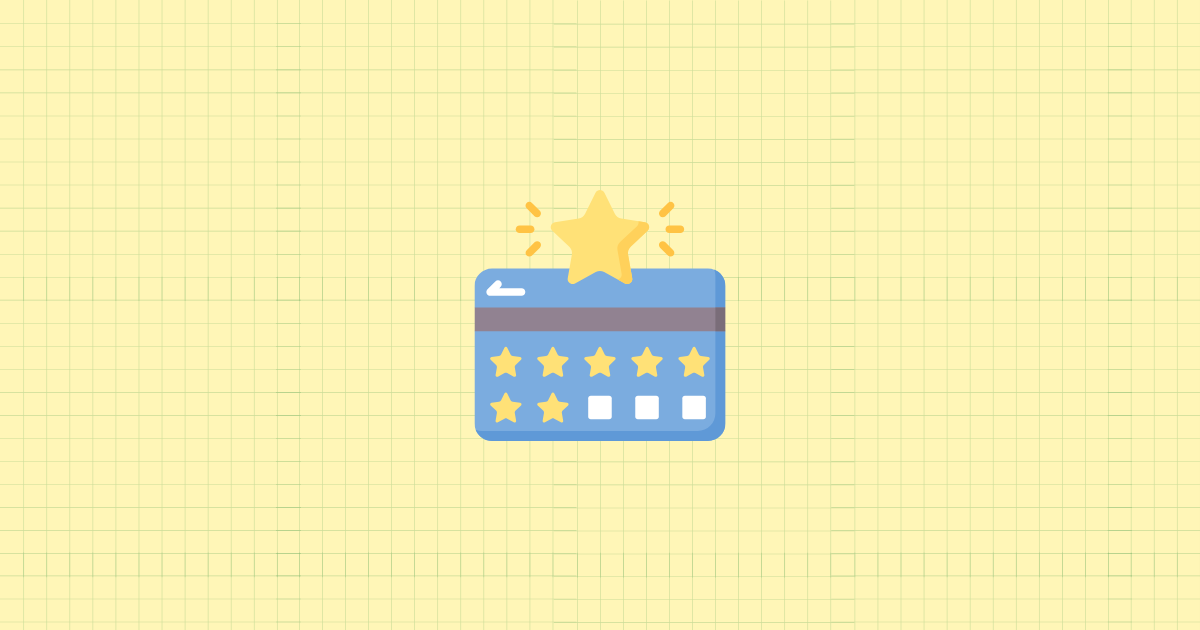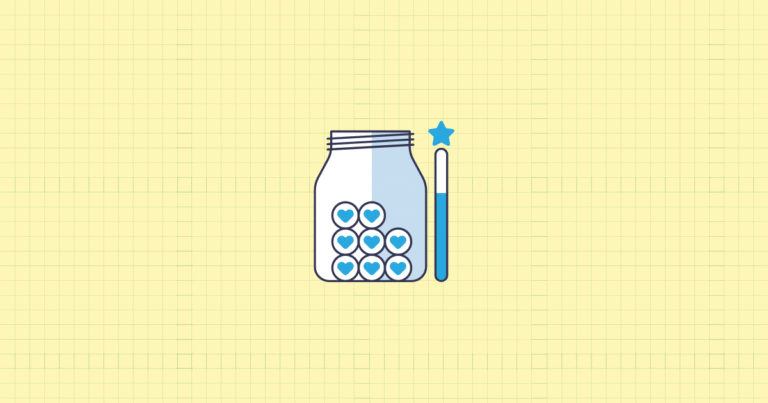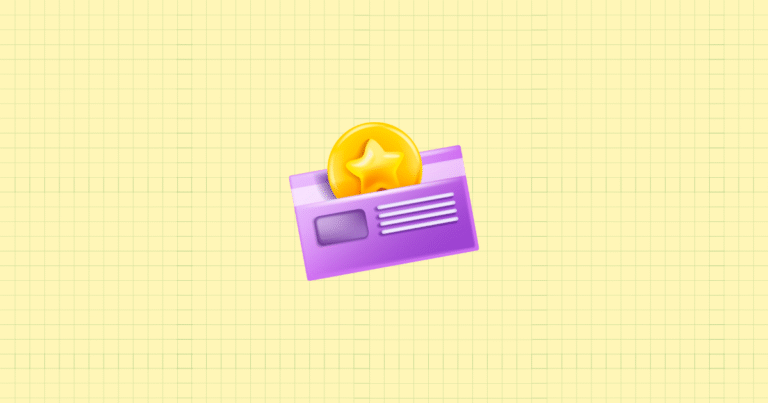Introduction to Loyalty Economics in E-commerce
What if I told you the most valuable customers for your Shopify store are already shopping with you? The hidden gold mine in your e-commerce business isn’t in chasing new customers—it’s in keeping the ones you already have. In fact, for mature Shopify stores, a staggering 65% of revenue comes from existing customers who return again and again. These loyal shoppers aren’t just more consistent—they spend 67% more than your new customers.
Think about that for a moment. The people who already know and trust your brand are the ones powering your sustainable growth. Yet many store owners pour thousands into acquisition while neglecting the proven economics of customer retention. With customer acquisition costs rising yearly, the math is simple but profound: it costs 5 times less to retain an existing customer than to acquire a new one.
This isn’t just about saving money, though. It’s about building a resilient business that thrives even when advertising costs spike or algorithms change. A well-designed loyalty program transforms occasional buyers into brand advocates who shop more frequently, spend more per order, and bring their friends along for the ride.
In this comprehensive guide, we’ll walk through everything from selecting the right program structure to implementing advanced behavioral triggers that drive consistent engagement. You’ll learn how successful Shopify stores like Blume, LIVELY, and Monos have engineered loyalty programs that significantly boost their bottom line, and how you can adapt their winning strategies for your own store.
Foundational Framework for Shopify Loyalty Programs
Before diving into tactics, let’s establish a solid foundation for your loyalty program. The structure you choose will shape every aspect of your customer experience, from how shoppers earn rewards to how they redeem them. The right framework aligns with your brand values while driving the specific behaviors that grow your business.
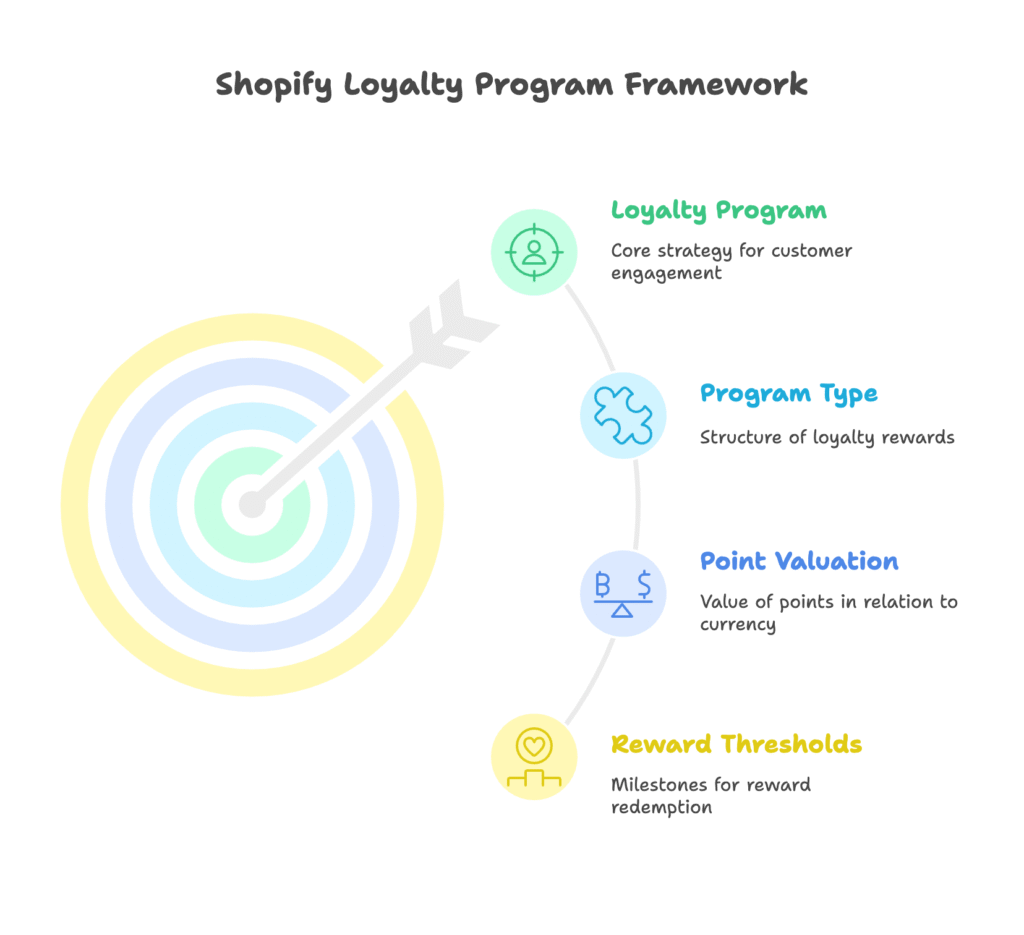
Program Type Selection
When it comes to loyalty programs, one size definitely doesn’t fit all. Your program structure should reflect both your customer shopping patterns and your long-term business goals. Let’s explore the three main approaches that work especially well on Shopify:
Points-Based Systems
The most common loyalty structure for good reason, points-based programs are intuitive for customers to understand and flexible for merchants to implement. Customers earn points through purchases and other desirable actions, then redeem those points for rewards.
Take Blume’s “Blume Bucks” program as an example. They’ve kept it straightforward: customers earn 1 point for every dollar spent. But they’ve added clever engagement incentives—5 points for following on Instagram, 10 points for leaving a product review. This creates multiple pathways to rewards besides just spending money.
According to Smile.io, the sweet spot for value return is between 3-10% of transaction value. This means if a customer spends $100, they should earn points worth approximately $3-$10 in rewards. Any less feels insignificant; any more might hurt your margins.
Tiered Reward Structures
Want to recognize and reward your best customers? Tiered programs create status levels that customers can unlock as they spend more or engage more deeply with your brand. This approach leverages the powerful psychological desire for achievement and status.
Lingerie brand LIVELY implements this brilliantly with their VIP tiers. Customers who spend over $325 annually unlock exclusive benefits like early access to new products, free shipping on all orders (not just those above a threshold), and birthday gifts. The beauty of their approach is that the benefits get progressively more valuable as customers move up the tiers, creating a clear incentive to reach the next level.
Luggage brand Monos takes a different approach by focusing their tiers on engagement rather than purely spending. Their top-tier members earn additional points for social sharing and product reviews, turning their most loyal customers into brand ambassadors.
Hybrid Models
Why choose between points or tiers when you can have both? Hybrid models combine the immediate gratification of points-based rewards with the aspirational qualities of tiered systems.
Pulse Boutique has mastered this approach. Customers earn base points on purchases, but their earning potential increases dramatically as they reach higher tiers. A “Diamond” member might earn 2x the points of a standard member, accelerating their path to rewards. Meanwhile, their community engagement actions (social follows, reviews, referrals) unlock tier progress independent of purchase value.
This dual-track approach allows customers to progress through your loyalty program in multiple ways, accommodating both big spenders and highly engaged fans who might purchase less frequently.
Value Architecture Design
Once you’ve selected your program type, you need to design the economic engine that powers it. This is where many Shopify merchants make costly mistakes—either creating a program that’s too generous (hurting margins) or too stingy (failing to motivate customers).
Point Valuation Strategies
How much is a point worth? This seemingly simple question has profound implications for both customer psychology and your bottom line.
Many stores default to a straightforward 1:1 valuation (100 points = $1), which is easy for customers to understand. However, some brands deliberately create a psychological distance between points and currency. By making 500 points worth $5, for instance, you can make rewards feel more substantial—consumers tend to prefer earning 500 points over 5 points, even if the actual value is identical.
A critical metric to monitor is your breakage rate—the percentage of points that customers earn but never redeem. Industry data suggests an optimal breakage rate between 8-12%. Lower than that might indicate your rewards are too easy to earn or too valuable not to use (potentially hurting margins). Higher than 12% often signals customer frustration with your program, as they’re earning points but finding redemption too difficult.
Reward Threshold Engineering
Where you set your first redemption threshold has an enormous impact on program engagement. Set it too low, and customers redeem tiny rewards that don’t meaningfully impact their experience. Set it too high, and they may abandon the program before ever reaching a reward.
The sweet spot for your first redemption threshold is typically 1.2-1.5 times your average order value. If your typical order is $50, aim for a first reward that requires 60-75 points (assuming a point equals a dollar). This creates a natural incentive for slightly larger orders or a quick second purchase to unlock that first reward.
Progressive reward milestones—like Blume’s 50/100/250 point tiers—create multiple motivation points. Customers celebrating their first reward redemption are immediately presented with the next achievable goal, keeping them engaged in the program long-term.
Advanced Shopify-Specific Implementation
Theory is important, but execution is everything. Let’s dive into the nuts and bolts of implementing your loyalty program on Shopify, from choosing the right apps to designing behavioral triggers that boost engagement.
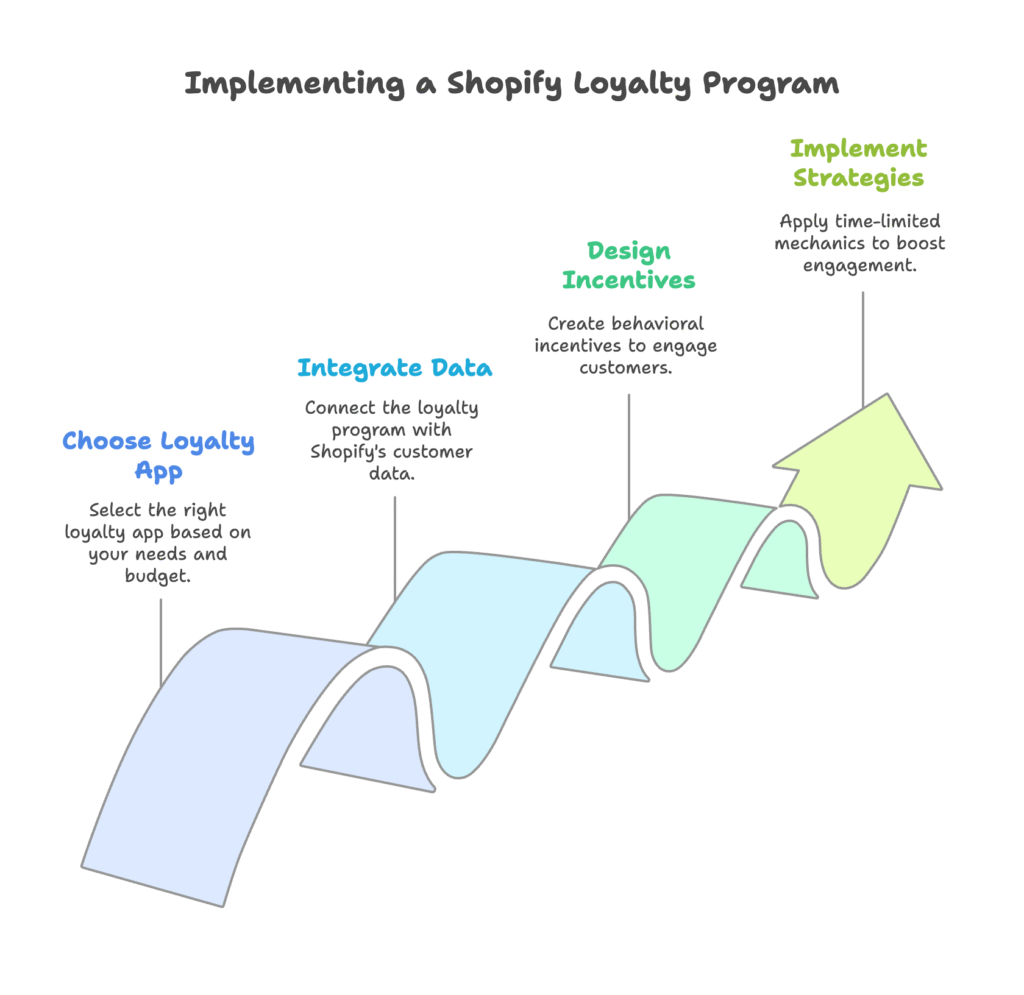
Technology Stack Integration
Shopify’s app ecosystem offers several robust loyalty solutions, but they’re not all created equal. Your choice should depend on your specific needs, budget, and technical capabilities.
App Feature Comparison
The three leading loyalty apps for Shopify are Smile.io, LoyaltyLion, and Rise.ai, each with distinct strengths:
- Smile.io excels at user-friendly setup and offers strong points and referral programs. It integrates seamlessly with most Shopify themes and provides solid analytics.
- LoyaltyLion offers more advanced segmentation capabilities and slightly more customization options, though at a higher price point. Their email triggers for points expiration and reward availability are particularly effective.
- Rise.ai specializes in gift cards and store credit, making it ideal for stores that prefer those reward types over points systems. It lacks tiered programs but offers excellent POS integration.
All three platforms offer POS integration and custom reward options, but they differ in pricing structure and advanced features. API access—crucial if you want to build custom integrations or advanced reporting—is typically only available on premium plans.
Shopify Data Utilization
The real power comes from connecting your loyalty program to the wealth of customer data Shopify already collects. This integration allows for hyper-targeted reward opportunities that feel personalized and timely.
Tracking Customer Lifetime Value (CLV) through Shopify Analytics helps you identify which customer segments deliver the highest return on loyalty program investment. By comparing CLV before and after program enrollment, you can measure the true impact of your loyalty initiatives.
Cart abandonment data provides another powerful trigger point. Consider implementing targeted point boost emails that go out 2-4 hours after abandonment: “We noticed you left items in your cart. Complete your purchase now and earn double points!” These time-limited offers create urgency while rewarding conversion.
Behavioral Incentive Design
The most effective loyalty programs don’t just reward purchases—they incentivize a range of behaviors that benefit your business. By rewarding multiple types of customer actions, you create various pathways to engagement for different customer types.
Multi-Action Earning Strategies
Start with a straightforward purchase-based foundation—typically 1 point per dollar spent. This creates an intuitive base for your program. But don’t stop there. The real magic happens when you reward non-purchase actions that drive value for your business.
Social proof is gold for e-commerce brands. Reward customers with 5 points for leaving a text review, and 10 points for including a photo. These user-generated assets not only influence other shoppers but also provide valuable content for your marketing efforts.
Community building deserves recognition too. Offer 2 points for following your brand on Instagram or TikTok, and 5 points for each successful referral. Remember that social followers and email subscribers represent owned marketing channels that become more valuable over time—they’re worth investing points in.
Time-Limited Mechanics
Creating moments of heightened engagement keeps your loyalty program feeling fresh and exciting. Strategic time windows where points or rewards have increased value can drive significant behavior shifts.
Birthday rewards provide a perfect opportunity for this approach. Instead of simply offering a fixed discount, consider doubling point earnings during the customer’s birthday week. This creates a stronger incentive to shop during that specific timeframe, rather than banking a coupon that might be forgotten.
Seasonal point multipliers can align perfectly with your existing promotional calendar. During slower sales periods, temporary 2x or 3x point promotions can stimulate purchasing without directly discounting your products. This preserves your brand’s price integrity while still driving sales volume.
Performance Optimization & Scaling
A loyalty program isn’t a set-it-and-forget-it solution—it requires ongoing refinement based on data and customer behavior. As your program matures, you’ll need increasingly sophisticated approaches to segmentation and analysis.
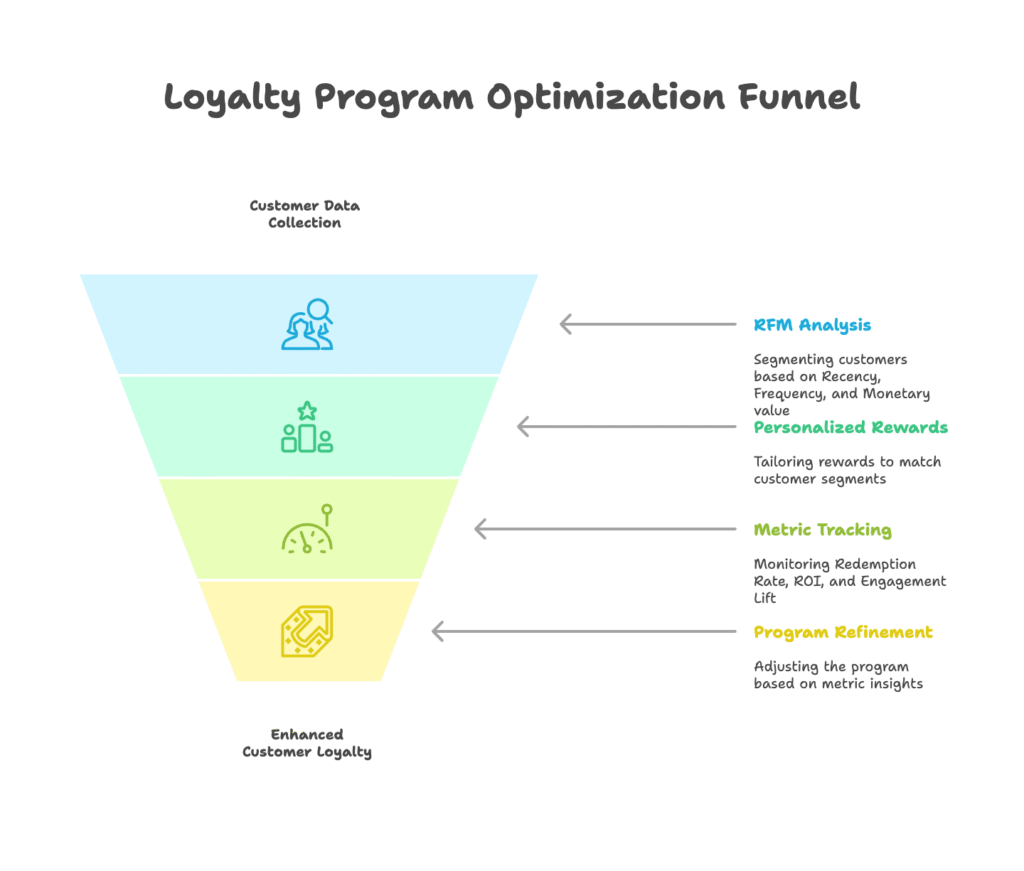
Advanced Segmentation Techniques
Not all loyal customers are created equal. Some spend frequently but in small amounts, while others make large but infrequent purchases. Some engage daily with your content but purchase monthly. Recognizing these differences allows you to tailor your loyalty approach to each customer type.
RFM Analysis Implementation
RFM—Recency, Frequency, Monetary—analysis provides a powerful framework for segmenting your customer base. This three-dimensional view helps identify your most valuable customers and those at risk of churning.
Recency tracks when a customer last purchased from your store. Recent purchasers are more likely to buy again, so they should receive different loyalty communications than those who haven’t bought in months. Consider accelerating point expiration emails to customers who haven’t purchased in 90+ days: “Your 500 points (worth $25) will expire soon—don’t miss out!”
Frequency measures how often a customer buys from you. Customers with high purchase frequency but low order values might respond well to “spend threshold” bonuses that encourage slightly larger baskets. Those who purchase rarely but spend significantly might respond better to anniversary rewards that acknowledge their loyalty over time rather than transaction count.
Monetary value tracks how much customers spend with your brand. This dimension helps identify your true VIPs—the small percentage of customers who drive a disproportionate share of revenue. These high-CLV customers warrant special treatment in your loyalty program, including exclusive experiences that can’t simply be bought with points.
Personalized Reward Paths
Once you’ve segmented your customer base, you can create tailored reward experiences for each group.
High-CLV customers should receive your most premium rewards: early access to new products, exclusive colorways or variants, free expedited shipping on every order, and perhaps direct access to your team for styling advice or product questions. These rewards emphasize status and exclusivity rather than discount value.
At-risk customers—those who haven’t purchased recently—require reactivation strategies. Consider sending them targeted point bonuses: “We miss you! Here’s 500 bonus points to welcome you back.” This approach provides a stronger incentive than a standard discount while reinforcing the value of your loyalty program.
Profitability Analysis Frameworks
Your loyalty program should be treated as an investment with measurable returns. Tracking the right metrics helps ensure your program enhances profitability rather than simply adding costs.
Key Metrics Tracking
Three essential metrics deserve your ongoing attention:
Redemption Rate measures the percentage of issued points that customers actually redeem for rewards. The target range is 25-35%. Lower rates suggest your rewards aren’t compelling or accessible enough; higher rates might indicate your program is too generous, potentially hurting margins.
Program ROI captures the true financial impact of your loyalty initiatives. Calculate this by comparing the increase in CLV for program members against program costs (reward value plus operational expenses). A healthy loyalty program should deliver at least a 4:1 return—every dollar invested in the program should generate at least $4 in incremental customer value.
Engagement Lift tracks how loyalty program enrollment affects shopping frequency and interaction with your brand. Look for a 40-60% increase in store visits, email opens, or social engagement after customers join your program. This early indicator often predicts long-term revenue impact.
Set up a dedicated dashboard in Shopify Analytics or Google Analytics to monitor these metrics monthly. Quarterly deep dives help identify seasonal patterns and opportunities for program refinement.
Enterprise-Level Strategy Evolution
As your Shopify store grows beyond seven figures in annual revenue, your loyalty strategy needs to evolve accordingly. Enterprise-level considerations introduce new complexity but also new opportunities to differentiate your brand.
Global Expansion Adaptations
If you’re selling internationally, a one-size-fits-all loyalty program won’t maximize results across markets. Cultural differences, currency variations, and regional preferences all impact program effectiveness.
Currency-Specific Point Values
When your store serves multiple currency zones, maintaining consistent point value becomes challenging. A simple approach is to normalize points to your primary currency, but this can create uneven earning rates that confuse customers.
A more sophisticated solution is implementing currency-specific point systems that maintain equivalent value. If 100 points equals $1 USD, then it should equal approximately €0.92 EUR or £0.78 GBP. This ensures customers in different regions receive comparable value from your program, adjusted for purchasing power parity.
Regional Reward Preferences Analysis
Beyond currency considerations, reward preferences can vary significantly by region. North American customers typically value free shipping and product discounts, while European shoppers often respond better to exclusive products and early access.
Conduct market-specific surveys to identify these preferences, then tailor your reward offerings accordingly. The underlying point structure can remain consistent globally while the reward catalog varies by region, creating a program that feels locally relevant while maintaining operational simplicity.
Web3 Integration Opportunities
For forward-thinking Shopify merchants, blockchain technology offers intriguing possibilities to enhance loyalty programs beyond what traditional points systems can achieve.
Tokenized Loyalty on Shopify Markets Pro
Blockchain-based loyalty tokens solve several limitations of traditional programs. Unlike conventional points, tokens can have real transferable value, be traded between customers, or even be used across multiple brands in a partnership network.
For Shopify Plus merchants using Markets Pro, tokenized rewards can create a unified global loyalty experience while still accommodating local market differences. The blockchain provides transparency that builds trust with customers, who can verify their token ownership independently.
NFT-Based VIP Experiences
Non-fungible tokens (NFTs) offer a compelling way to create truly exclusive rewards for your highest-value customers. Unlike conventional rewards that any customer can earn given enough points, limited-edition NFTs can cap availability, creating genuine scarcity.
These digital assets can unlock special experiences—virtual styling sessions, exclusive product drops, or even real-world events. The beauty of this approach is that customers can maintain their VIP status even during periods when they’re purchasing less, strengthening long-term relationships beyond transaction value.
While Web3 integration remains cutting-edge today, several Shopify Plus merchants have already implemented successful pilot programs. These technologies will likely become more accessible to mid-market merchants over the next 12-24 months.
References
- Shopify Blog: “What Is a Loyalty Program? 4 Best Examples (2025)” https://www.shopify.com/blog/loyalty-program
- eCorn Agency: “Shopify Loyalty Programs: Strategic Retention Guide” https://www.ecorn.agency/blog/shopify-loyalty-programs-strategic-guide-customer-retention
- Loyalty Reward Co: “Definitive Shopify Loyalty Guide” https://loyaltyrewardco.com/shopify-loyalty-programs-definitive-guide-ecommerce/
Ready to boost your Shopify store’s sales with a perfectly optimized loyalty program? Growth Suite is a free Shopify app that helps you create personalized marketing campaigns, including effective discount codes and loyalty incentives. Its AI-driven approach analyzes customer behavior to offer the right rewards at the perfect moment, maximizing conversions while protecting your margins. Install Growth Suite with a single click today and start turning occasional buyers into loyal brand advocates!
